Steampunk is a tremendously interesting phenomenon because of its reliance on science fiction, and fiction in general. Steampunk can arguably be broken down into two categories: the fiction, and the aesthetic. Sometimes these categories cross over, but they're often more distinct than most people suspect; that said, the aesthetic is firmly based in works of fiction.
There's a list of Steampunk works on Wikipedia, and you're welcome to peruse that if you'd like, but it's not a very user-friendly list. What I'm going to do here is give you some of the must-read and must-see pieces of Steampunk fiction, so that you can better understand the Steampunk movement.
Warning: Not everything on this list is actually Steampunk. Some of it is simply inspiration, but in order to understand Steampunk, you have to understand where it comes from.
1. 20,000 Leagues Under the Sea by Jules Verne
While not a Steampunk novel, this book is integral to Steampunk as a movement, and homages to it can be found throughout.
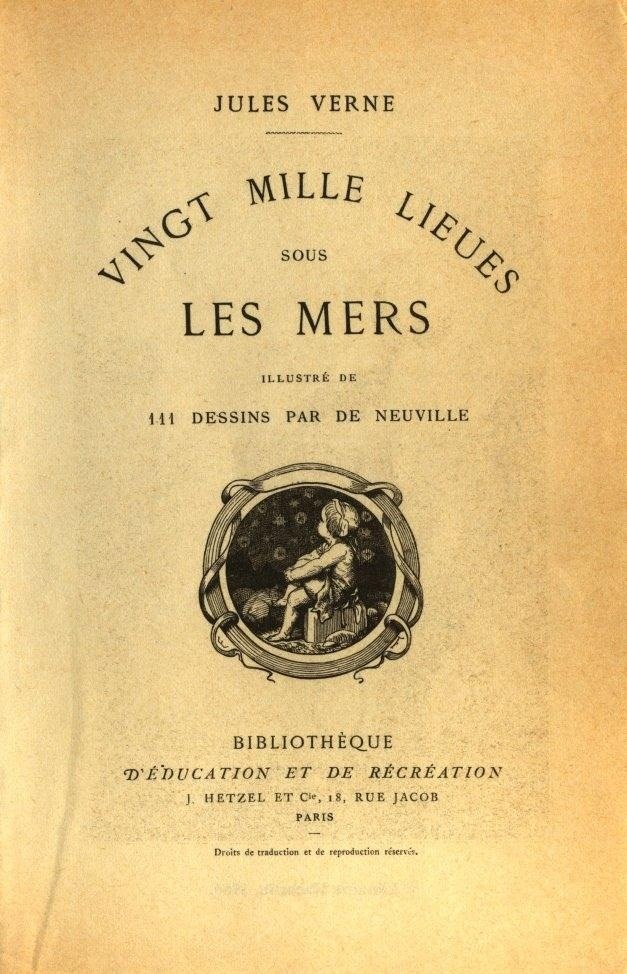
Yes, above is the original title page of the book. People seem to forget that Jules Verne was French, but I can promise you that he certainly didn't forget it.
The now-famous voyage of the Nautilus has inspired many Steampunks, just as I'm sure it has inspired many scientists. This book has the lone inventor (aka mad scientist) at war with the world, as well as many then-futuristic technologies. A must-read!
This is actually the only example of Victorian fiction on the list, because if I were to start listing influential Victorian works, the list would be far too long! However, if you want extra Victorian books, here's a short list:
- Frankenstein by Mary Shelley
- The Strange Case of Dr. Jekyll and Mr. Hyde by Robert Louis Stevenson
- A Journey to the Center of the Earth by Jules Verne
- From the Earth to the Moon by Jules Verne
- The Mysterious Island by Jules Verne
- Robur the Conqueror by Jules Verne
- The Time Machine by H.G. Wells
- The Invisible Man by H.G. Wells
2. 20,000 Leagues Under the Sea (1954 Film)
This film, produced by Walt Disney (the man, not the company), is a huge source of inspiration for Steampunks. While the film itself is long and at times silly (a certain seal springs to mind), the aesthetic is simply breathtaking. The creative team that worked on this film did a magnificent job of emulating Victorian style and sensibilities, both in the design of the Nautilus itself as well as in its interior decoration.

I argue that the film isn't actually Steampunk for a variety of reasons, but watching it is still essential to understanding where the Steampunk aesthetic comes from.
3. Master of the World (1961 Film)
This film, inspired by two Jules Verne books, Robur the Conqueror and Master of the World, is a lesser-known example of pre-Steampunk fiction, but I'm including it because of its introduction of the airship trope. Airships are extremely common in Steampunk, and many of them are derivative of that featured in this film.

Additionally, while in the original Verne novels the ship is powered by electricity (as was the Nautilus), in this film it's implied that the power source is steam, making this one of the first examples of the retroactive insertion of steam power that we see in Steampunk.
4. The Wild Wild West (1965 TV Series)
This television series is what I often cite as the first real example of Steampunk, as it combines a number of different characteristics, such as:
- It is an original work and not based on Victorian stories
- It retroactively (and inappropriately) inserts steam power into the past
- Steam is used to power futuristic devices
- and more...

Those things, among others, make The Wild Wild West a must-watch. You don't have to sit down and watch the entire show, but if you catch a few episodes, you'll get the idea. It didn't age particularly well, but it was still the beginning of a trend that would eventually lead to what we now call Steampunk.
5. Infernal Devices by K.W. Jeter
This book is one of several which were written in the 1970s and 80s amongst the triumvirate of K.W. Jeter, James Blaylock, and Tim Powers, who all wrote what they called at the time "gonzo-historical fantasy". In fact, it was in reference to these works that K.W. Jeter wrote a now-famous letter to Locus Magazine suggesting that their collective works be referred to as "Steampunk" as a reference to the then-popular genre cyberpunk. That letter was published in 1987, the same year as this book.

This book has many of the traits of the Steampunk of the time, including clockwork automatons, time travel, and strange Steampunk gadgets. It's also a great read, and I highly recommend it. For further reading, I suggest The Anubis Gates by Time Powers.
6. The Difference Engine by William Gibson and Bruce Sterling
Some people suggest that this book is where Steampunk really started, and it's worth reading for that reason if nothing else. This story, written by two pioneers of cyberpunk, takes place in the years following a computer revolution in the Victorian era, essentially answering the question "What if Charles Babbage had successfully built his Analytical Engine?"

As such, the majority of changes and innovations that occurred in our reality during the 1960s and 1970s are instead occurring in the 1850s. If that doesn't sound Steampunk to you, I don't know what will. While I find Gibson's writing slightly dry, the novel is a wonderful look at what might have been.
7. The Wild Wild West (1999)
While this film radically departed from the earlier television show, it did a few things very, very right. The art design for this film is not only gorgeous, but extremely Steampunk. The film, while not especially good, isn't as bad as I was afraid it would be, barring an unfortunate, cringe-inducing cross-dressing scene.
Still, flying machines and giant mechanical spiders combine to make this one of the few American films that fit wholly into the Steampunk category.

8. League of Extraordinary Gentlemen by Alan Moore and Kevin O'Neill
Not to be confused with the 2003 film, this graphic novel is much, much better than its silver-screen adaptation. While the film might be considered more Dieselpunk than Steampunk, the comics are firmly bound to the 19th century. The gritty, noirish art style lends itself well to the dark atmosphere of the stories, and the dialogue is smart and sharp. In many ways, this comic reads like a love letter to the 19th century and is well worth reading for anyone interested in Steampunk.
As a brief caveat, though, don't read beyond the first two graphic novels. After that, the stories become quite muddled and unrelated to Steampunk.

9. Girl Genius by Phil and Kaja Foglio
This comic strip preceded the major Steampunk movement of the mid-2000s, and in many ways anticipated its ideologies. The comic is at times funny, and at times serious, but it still manages to capture the essence of Steampunk despite sometimes veering off in non-Steampunk directions.
Still, the strip has influenced many people and deserves to be read as a part of the Steampunk canon.

10. The Steampunk Bible by Jeff VanderMeer and S.J. Chambers
When I heard this book was coming out, I nearly rolled my eyes right on out of their sockets. However, when I actually got a copy in my hands I was amazed at not just how accurate and faithful it was, but how high the quality of the book was. The pages themselves are thick and colorful, and the book just feels expensive.
Additionally, as I said, it does an amazing job of cataloging and explaining Steampunk, making it a must-read for anyone interested in learning more.

That's it! If you do all of that reading and watching, I think you'll have a pretty good grasp of what Steampunk is.
If you think there are any super-important, can't-do-without books or movies, let me know!
Just updated your iPhone? You'll find new emoji, enhanced security, podcast transcripts, Apple Cash virtual numbers, and other useful features. There are even new additions hidden within Safari. Find out what's new and changed on your iPhone with the iOS 17.4 update.



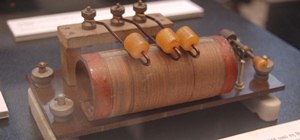

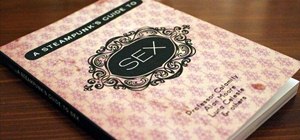


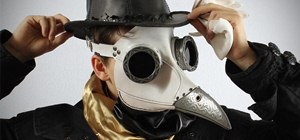


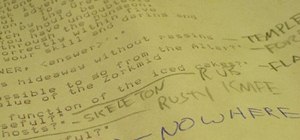
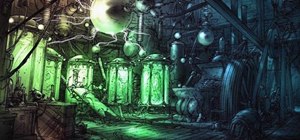


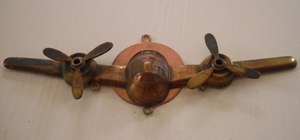



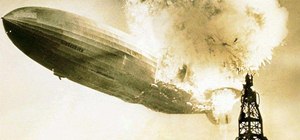
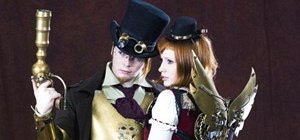


3 Comments
I agree that all of the above are excellent and a good place to begin. I would also like to add that there are other books, graphic novels, and movies that occasionally turn up unexpectedly, so keep your eyes open for them.
I found an anthology of apocalyptic short stories that were written between between 1816 and 1921, in the discount section at Barnes and Noble. Definitely different, absolutely strange.
These all are wonderful steampunk books and movies.
This is a great list. I appreciate your doing the work. I confess I haven't read Verne (or Wells for that matter) since adolescence. You've inspired me to go find copies!
Cheers!
Share Your Thoughts